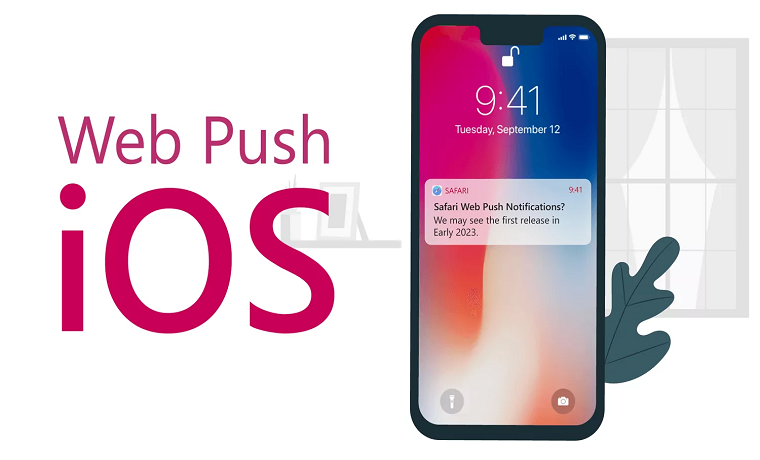By giving developers insights into user interaction, segmentation, and chances for iterative development, analytics plays a crucial role in analyzing the success of iOS push notifications. To fully grasp how push notifications affect user behavior, it is necessary to track metrics like open rates, conversion rates, and user segmentation dynamics.
To further guarantee that content and delivery are in line with customer preferences, developers may fine-tune notification tactics by using different testing approaches (read more at https://www.nashpush.com/apple-push-notification-service). Through the use of these data-driven tactics, programmers may enhance their approaches to iOS push notifications, sending messages that really connect with users and boost the overall performance of their apps.
Gaining insights into the dynamics of user engagement through analytics and performance evaluation
Developers may get significant insights into user engagement dynamics via analytics, which is crucial for analyzing the success of iOS push notifications. By keeping an eye on important data, developers may gauge how push notifications affect user behavior, retention, and app performance as a whole.
The open rate is a basic statistic to monitor; it shows what proportion of people who get a push notification actually open the app. An excellent open rate suggests that users are paying attention to the alerts, while a poor open rate can indicate that the content, timing, or relevancy might need some tweaking. Furthermore, the impact of push notifications on user actions and goal attainment may be better understood by monitoring conversion rates, which are defined as the percentage of users who go on to execute the intended activity after getting the notice. Developers may learn everything about the impact of push notifications on user engagement and app success via analytics.
Optimizing notifications for impact via user segmentation and targeting metrics
Assessing the efficacy of iOS push notifications requires a sophisticated strategy for user segmentation and targeting, going beyond simple general numbers:
- Developers can personalize alerts for various audiences according to demographics, activity, or preferences by analyzing data associated with user groups.
- Learn which groups of users are more receptive to certain notification kinds with the use of metrics like segmented click-through rates.
- By keeping tabs on opt-out rates, developers may learn when exactly consumers discontinue push notifications and why, which can then guide changes to content or frequency.
Developers may improve their notification tactics by using analytics to find trends among user groups. This way, they can make sure that messages are relevant and well-received by certain audiences.
Fine-tuning notification strategies through testing and iterative improvement
Incorporating mixed approaches into an analytics plan for iOS push notifications is a great way for developers to try out new variables and make their notification tactics better over time. You may learn a lot about the efficacy of content, timing, or call-to-action buttons by analyzing split-testing metrics like comparing open rates and conversion rates across various notification versions.
By iteratively improving tactics based on data-driven choices, developers can make sure that push notifications adapt to user preferences and expectations over time. Statistical significance and confidence intervals are two examples of the key performance indicators used in testing that help developers choose the most effective notification versions. This iterative process of testing, evaluating, and optimizing allows developers to make sure that iOS push notifications are successful and can adapt to user preferences and habits.

